+1.647.478.5307
El Meridiano
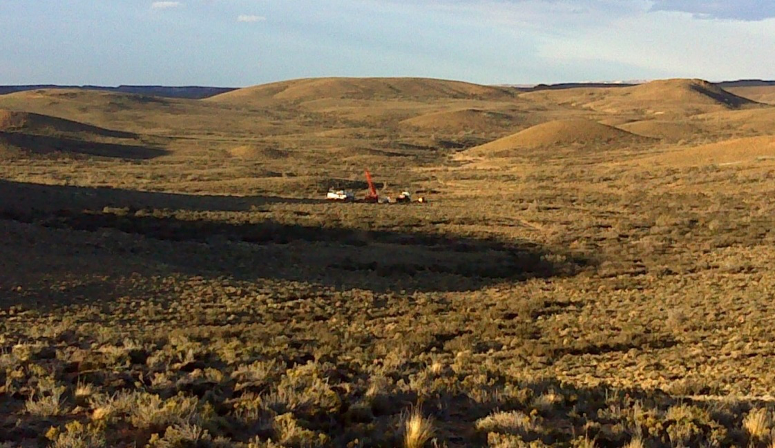
Commodity
Gold in Low Sulphidation veins and breccias in a diatreme environment
Partner
Available for Joint Venture
Location
The El Meridiano Project is located in the Deseado Massif of Santa Cruz Province (Figure 1), approximately 37 Km North-West of Cerro Vanguardia Gold Mine.
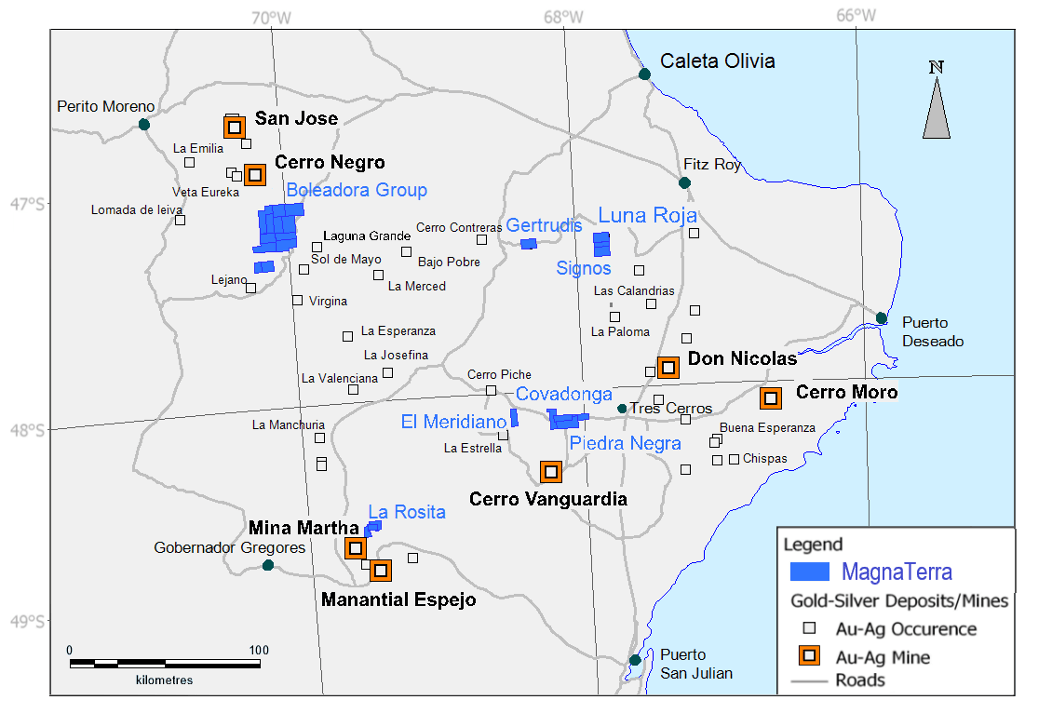
Figure 1, Deseado Massif, Magnaterra Minerals Property Map.
Project Operator
Magna Terra Minerals has 100% control, through a leasing agreement with a private individual.
Property Information
El Meridiano M.D. which constitutes 2970 Hectares lies in the western part of an 8-10 km wide caldera (Figure 2), and the western most part of this feature is thought to be the site of a 2.5 km wide circular diatreme complex. Andesitic to felsic tuffs in a 4 sq. km area are cut by gold-bearing hydrothermal breccias filling N to NW trending fractures and faults. Virtually all samples of these breccias contain small to significant amounts of gold, arsenic and antimony, but very little silver or base metals, suggesting that the mineralization is preserved at a high level of erosion.
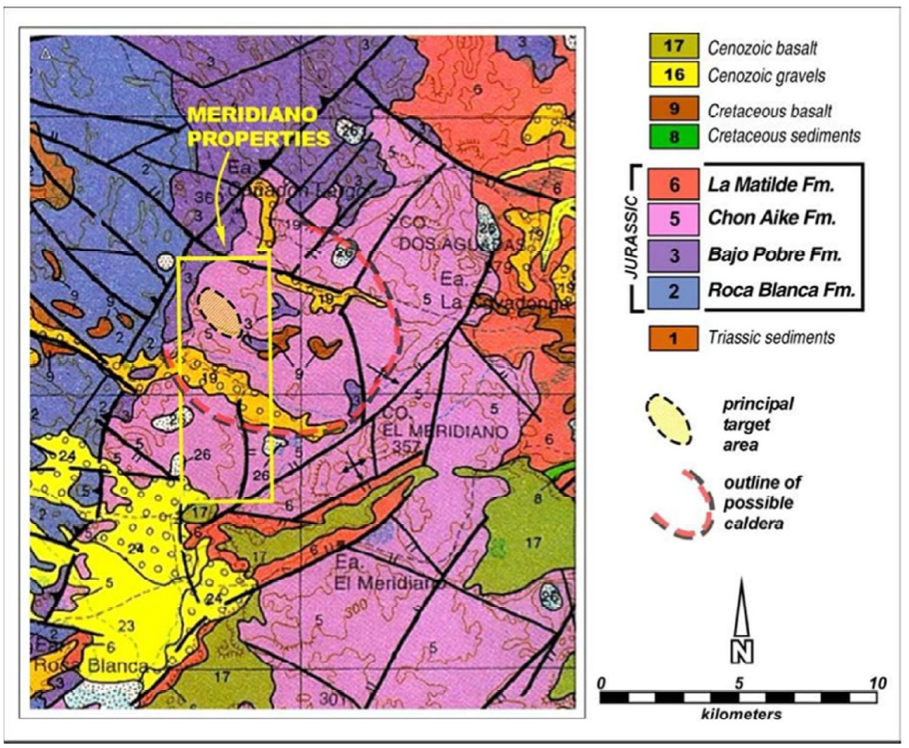
Figure 2, El Meridiano property boundary over regional geology map and illustrating the presumed Caldera boundary and the principal target area where most of the work to date has been carried out.
Geology
Drilling was carried out on the project in 2009 and 2010 by a previous operator. Work carried out included 403 rock chip samples, 65 line-km of magnetic and 32.5 line-km of gradient array IP ground surveys and 32 drill holes. The drilling totals 4,698m in two reverse circulation campaigns and one diamond core twin-hole campaign. The drill holes were collared within a 1 sq. km area in the north western corner of the property.
Historic drill results included multiple intercepts of gold mineralization. Ten holes intersected “significant mineralization,” (Figure 3) here considered to be the equivalent of a minimum of 1.5 meters (true thickness) of at least 0.34 ppm Au). The holes with significant mineralization constitute about one-third of the holes on the project and tend to have wide intervals of low-grade mineralization interspersed with narrower higher-grade zones. Most of the holes on the project hit at least some mineralization with one to several intervals of at least 0.10 ppm Au.
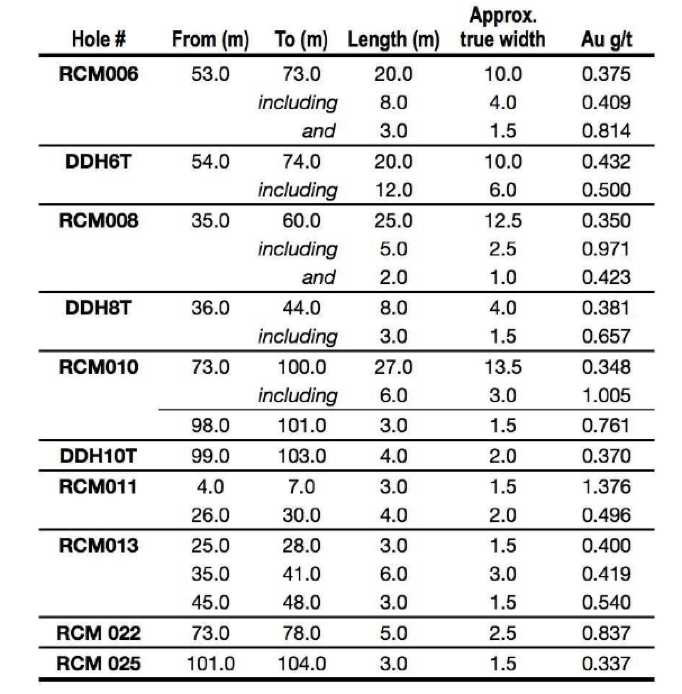
Figure 3, Historic drill results “significant mineralization” as defined in the Renaissance Gold Press Release dated Dec 20, 2010.
In 2017 Magnaterra carried out a CSAMT study with lines orientated NW-SE across the NE striking structures which we believe to form a principal control on mineralization.
7.5-line Km of CSAMT were used in three lines in order to give a clear idea as to the shape of the resistivity at depths down to 400 m. Figure 4 illustrates the CSAMT section 2 where a large triangular resistive anomaly occurs between two NE striking faults. The zones that have been drill tested are shallow relative to the size of the resistive body, implying that previous drilling tested local Gold bearing fractures rather than the main NE striking faults. We believe that the flanks and base of the resistive anomaly represents the margins of a diatreme, the extents of which are controlled by NE striking faults. We now believe the preserved palaeosurface within a crater or vent, along with the controlling NE faults, represent the main targets at El Meridiano.
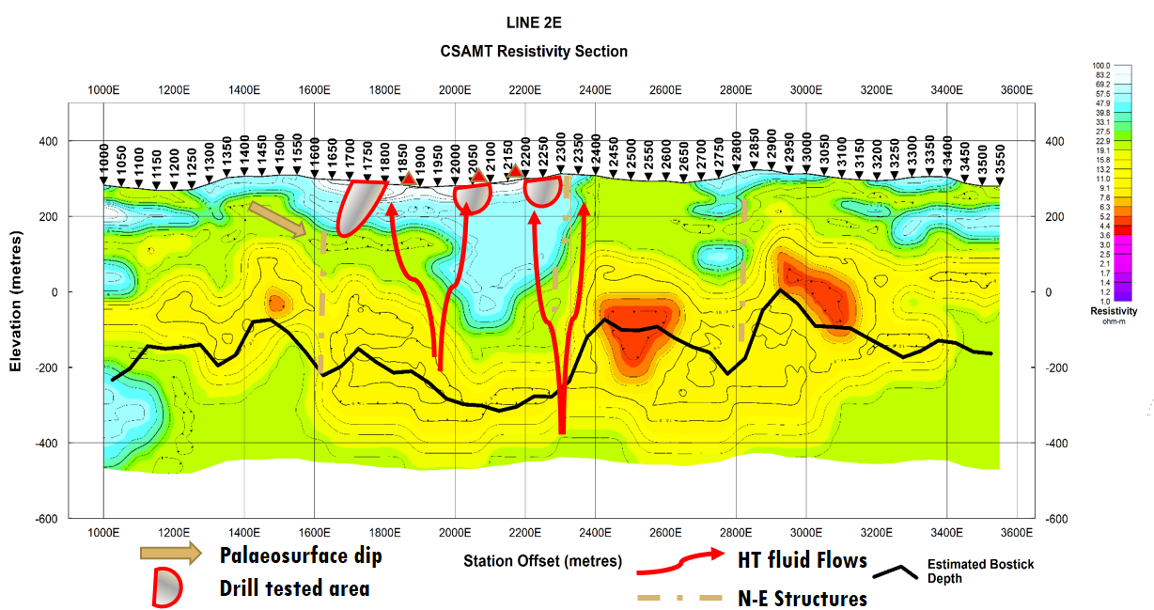
Figure 4, CSAMT Line 2 of 3 illustrating a large resistive zone beneath the already drill tested areas.
Head Office
20 Adelaide St. East, Suite 401
Toronto, ON M2C 2T6
Canada
Contact Us


info@magnaterraminerals.com
© 2024 Magna Terra Minerals All Rights Reserved.
